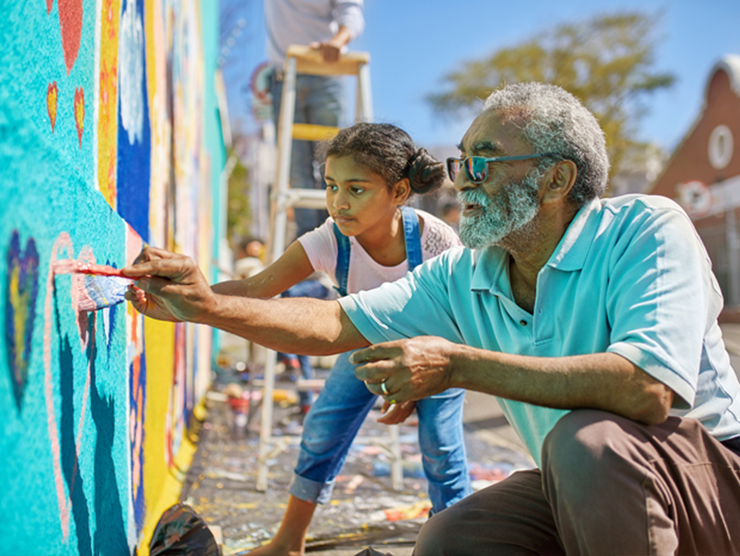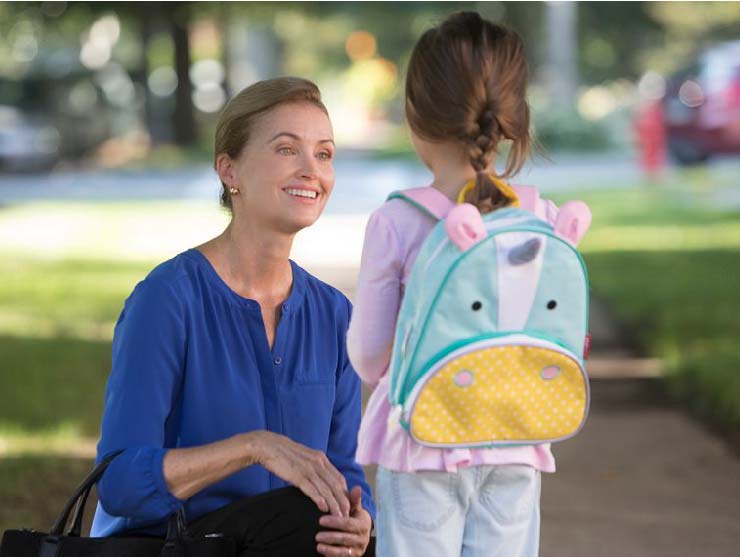Feeling and showing empathy is a critical skill for success in relationships, work, and life. It develops throughout childhood and into adulthood, and can be fostered through nurturing relationships and playful moments.
WHAT IS EMPATHY?
- Empathy is more than just feeling compassion for another. Young children develop the following skills (in sequence) starting during early childhood:
- Understanding that we’re separate with our own feelings, responses, and perspectives.
- Recognizing feelings and naming them.
- Self-regulating emotional responses.
- Identifying with others’ feelings and experiences.
- Acting to help someone else feel better.
Play is one of the best ways for children to develop skills and learn about how the world works. During play, children take on roles, try out scenarios, solve imaginary problems, and conquer fears.
USING PLAY TO HELP CHILDREN DEVELOP EMPATHY
Play House or Family: Around the age of three, children begin to engage in more robust pretend play with others. Playing family and assigning roles is a popular scenario children create. The negotiation of roles is an important part of the process where children learn how to work with others to come to an agreement. Let your child lead, but ask questions like, “Who should I be? The baby or the big brother?” “Do you want to be the little sister?” Sometimes children like to be the family pet.
By playing another character, your child will naturally take the perspective of that person and act accordingly. Once in character, you can pose simple problems, “Pretend I’m the baby and I’m crying, and you help me feel better.” Let your child drive the next steps. Stay in the play scenario as long as your child shows interest.
Animate Stuffed Animals or Dolls: Children use stuffed animals and dolls in dramatic play. Join in with an animal of your own and ask, “Can we play too?” Most likely, your child will say yes and tell you what your animal should do. Look for natural ways to have your character encounter a problem and pose it in context. Perhaps your animal lost a favorite toy or couldn’t find anyone for a game of fetch. You might say, “I’m so sad today because no one wants to chase my ball with me.” And then see where it goes.
On a final note, be mindful of not taking over the play and turning it into a lecture or pushing a strong agenda. Let your child drive the play, but join in, take on roles yourself, and pose some thought-provoking and open-ended questions into the scenario to boost your child’s development of empathy.
MORE ON BUILDING EMPATHY SKILLS
- Learn how children develop friendships at each age and stage, and ways you can nurture healthy social-emotional growth.





